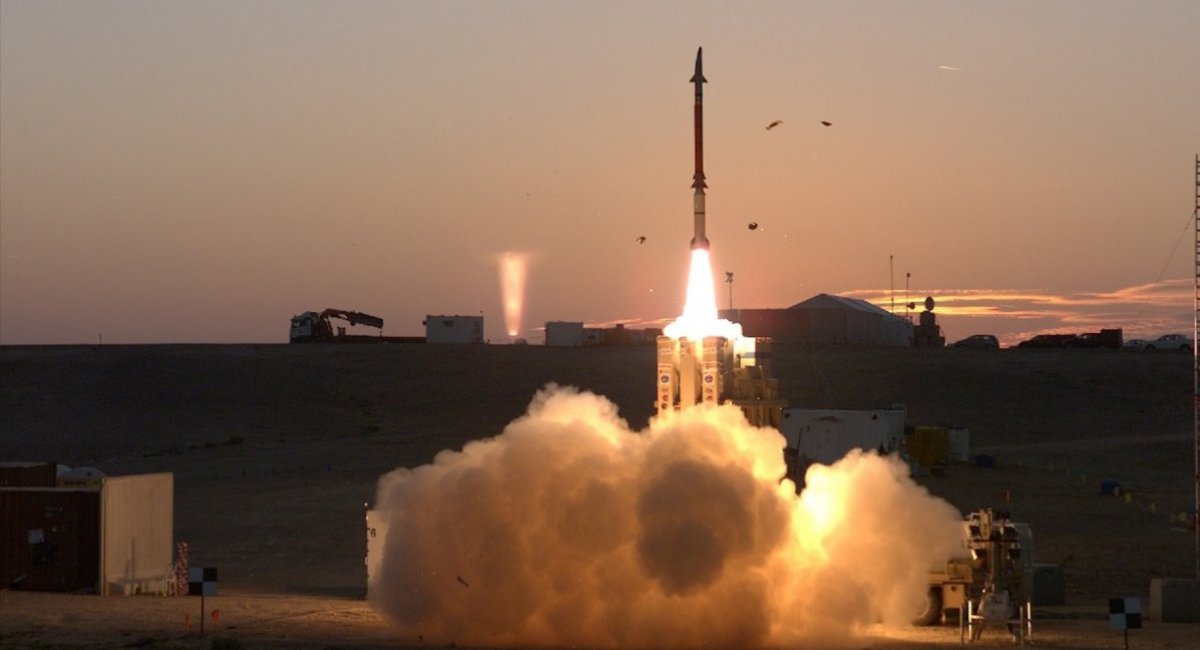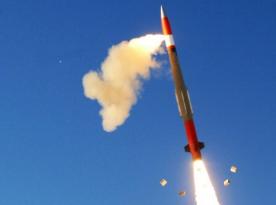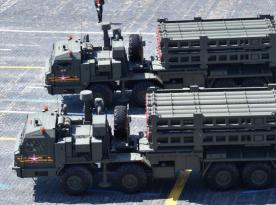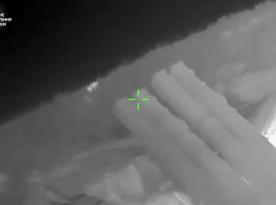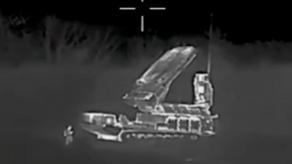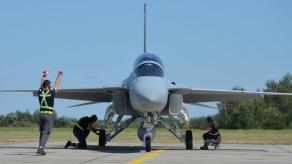Finland has officially become the first country to buy the Israeli air defense system David's Sling. The Ministry of Defense of Israel confirmed the deal and revealed the value: €128 mln. There is no specification of how many systems will be provided but considering the budget, it seems to be just one unit.
While Defense Express covered the capabilities of David's Sling in our earlier article, this time let's talk about the context because in fact the contract logically follows a sequence of events initiated by russia's invasion of Ukraine in 2022.
Read more: Finland Buy the Israel David’s Sling Air Defence System
Among them is the permission on David Sling's export that Finland received from the United States this August, since the U.S. contributed a large portion of its technologies in the development of this anti-aircraft/anti-missile system.
The war in Ukraine has opened the eyes of European countries and the importance of air defenses, against ballistic threats in particular, so the increased interest in advanced systems is natural but it also raises the question of why Finland chose David's Sling over, for example, Patriot PAC-3 of the U.S. origin. There are three objective reasons.
Specifications of Patriot PAC-3 vs. David's Sling
The first reason lies within the capabilities. The Patriot armed with GEM-T missiles has an engagement range of up to 160 km against aerodynamic targets, while David's Sling boasts an impressive 300 km range for the same category of targets.
For ballistic missile interception, both systems meet the key requirement: supporting the "hit-to-kill" technology. The Patriot for that purpose needs PAC-3 missiles. The PAC-3 MSE modification counters ballistic threats in a 60 km range. As for the David's Sling, this data is kept secret but we do know the minimum range of the two-stage Stunner missile (a.k.a. SkyCeptor): 40 km, thus the maximum interception distance is much farther.
Notably, David's Sling features a vertical missile launch, eliminating the dead zone above the launch, a feature lacking in the Patriot.
In terms of radar mobility, David's Sling holds an advantage with its more mobile EL/M-2084 radar compared to the Patriot system.
Price of Patriot PAC-3 vs David's Sling
When considering the financial aspect, David's Sling appears more cost-effective. A single David's Sling fire unit is sold for EUR 317 million, significantly less than the average spent for a full Patriot PAC-3 battery.
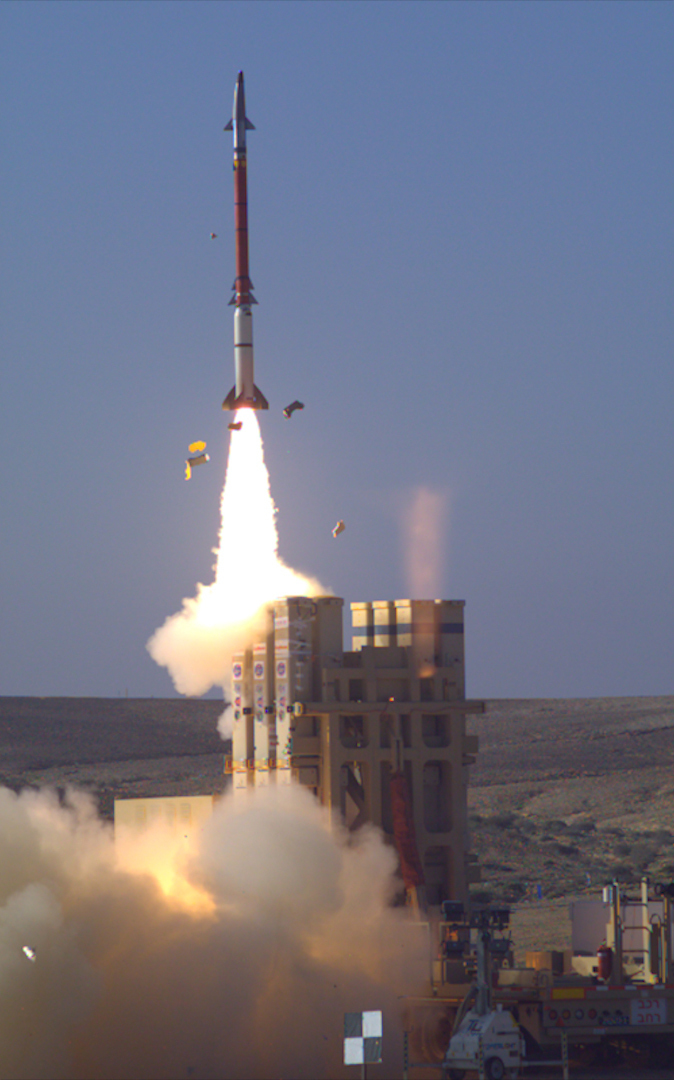
The cost of missiles for David's Sling, particularly the Stunner missile, is estimated to be considerably less than its Patriot counterpart. There's not much information on that matter. The MSE interceptor is believed to be priced at $3 million. Stunner is reportedly 3 to 4 times cheaper, and when the Pentagon was considering using it for the new Patriot PAAC-4, U.S. defense officials mentioned Stunner is only 20% of the price of MSE.
Simply put, the amount of money one has to spend initially when buying a system and later on to procure additional missiles is many times less in the case of David's Sling compared to Patriot PAC-3.
The existence of the Patriot PAAC-4 project — literally Patriot Advanced Affordable Capability-4 — directly indicates the viability of this approach.
Deficit of Patriots
Another important factor that could have defined Finland's choice could be the deficit of production capacity. American manufacturers hardly keep up with orders pending from Morocco (contract signed in 2021) and Switzerland (April 2023).
Moreover, Poland is willing to expand the number of Patriots in service with six additional batteries, notably, equipped with the newest LTAMDS 360° radar. Plus the Pentagon also wants 20 fire units for its own needs, as well as other relevant and potential requests from current operators.
In contrast, David's Sling offers Finland the opportunity to be the first operator of an air defense system with what seems to be superior performance, lower costs, and proven combat application.
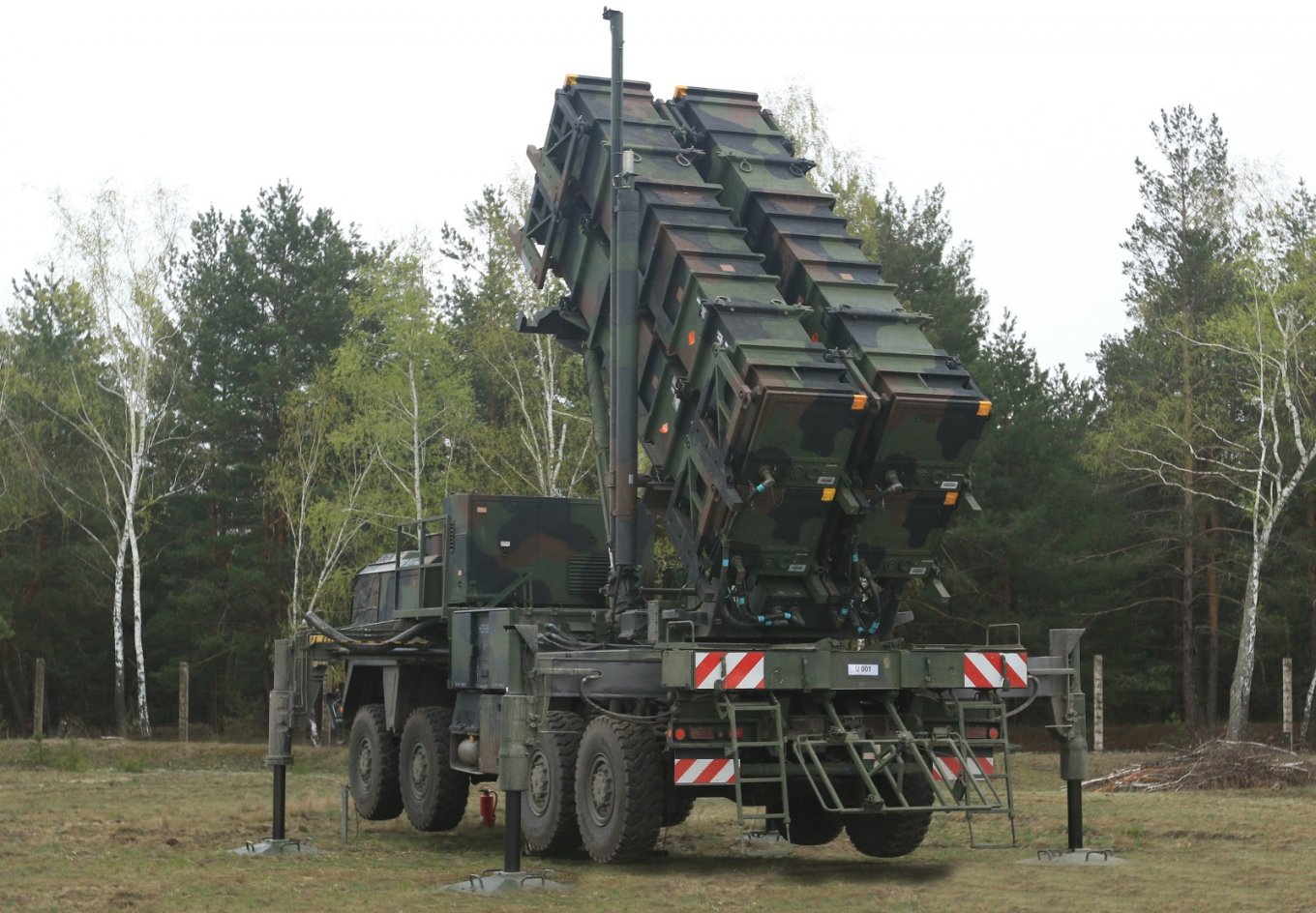
Read more: It Is Unbelievable, But the US Plans to Help India to Manufacture Stryker Armored Vehicles




